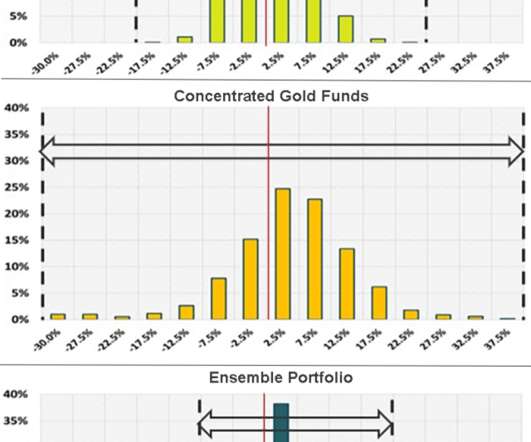Evaluating Benchmark Misfit Risk
CFA Institute
DECEMBER 19, 2022
How can we identify and measure a portfolio's benchmark misfit risk?

CFA Institute
DECEMBER 19, 2022
How can we identify and measure a portfolio's benchmark misfit risk?

CFA Institute
JULY 14, 2023
Can we retain the benefits and economically sound basis of a factor approach to equity investing while more closely aligning a factor portfolio’s performance to a cap-weighted benchmark?
This site is protected by reCAPTCHA and the Google Privacy Policy and Terms of Service apply.

CFA Institute
NOVEMBER 6, 2024
He specializes in low-volatility investing, asset pricing, and quantitative finance and is the author of numerous academic research papers for the Journal of Financial Economics , Management Science , Financial Analyst Journal , and the Journal of Portfolio Management.

Spreadym
SEPTEMBER 19, 2023
They serve as a benchmark against which actual performance is measured, and any deviations from the budget may require approval or justification. Performance Measurement Budget: Budgets are primarily used to measure actual performance against planned performance.

CFA Institute
JANUARY 31, 2019
What is Ensemble Active Management (EAM) and how can it help active managers outperform their benchmarks after fees?

CFO Talks
MARCH 14, 2024
Understand and Mitigate Risks: A CFO must have a comprehensive understanding of the various risks the company faces, including operational, financial, and strategic risks. This involves developing risk management strategies to prevent or mitigate potential adverse impacts on the company.

Spreadym
JUNE 27, 2023
These models help assess the potential outcomes of various financial decisions and aid in strategic planning, risk analysis, and sensitivity analysis. Performance Measurement: FP&A establishes performance metrics and key performance indicators (KPIs) to measure and monitor the organization's financial performance.
Let's personalize your content